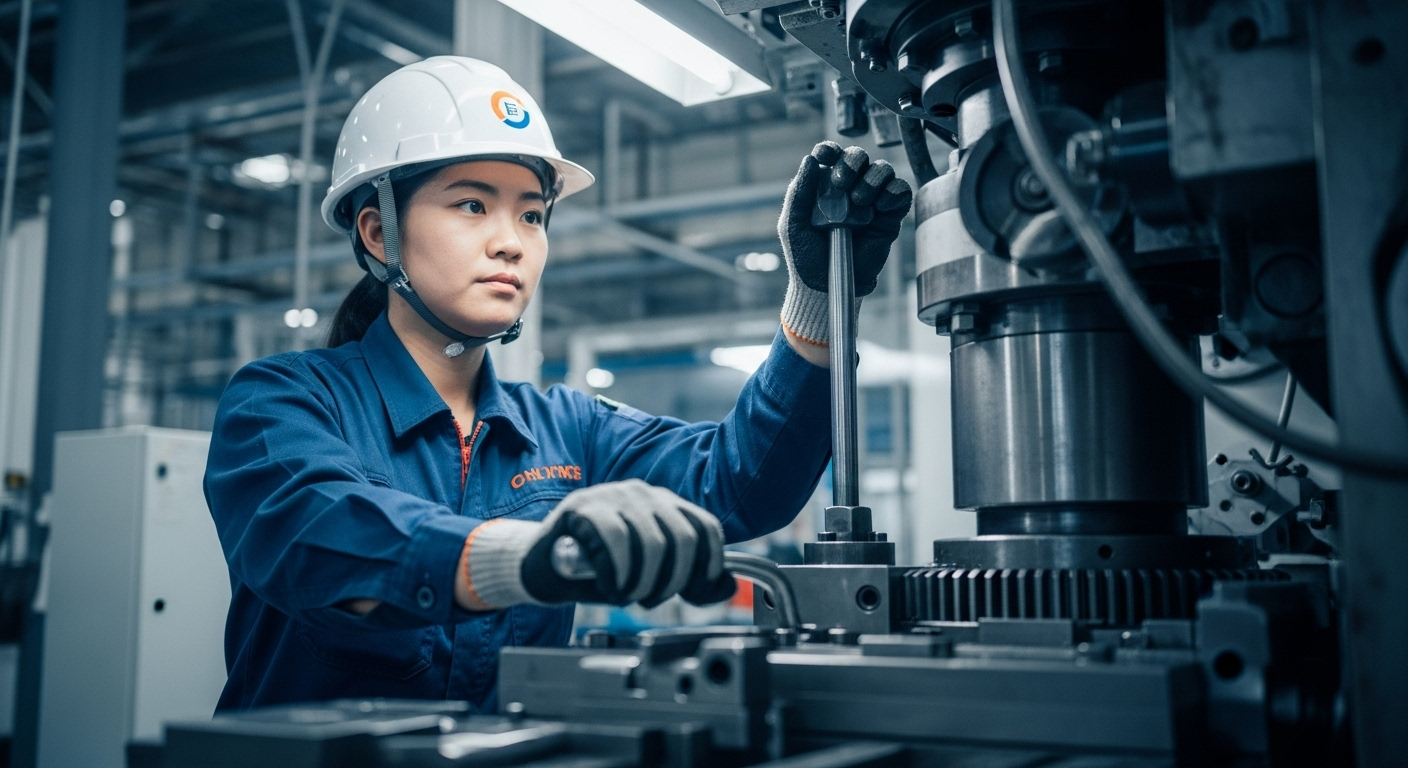Drilling Down on Industrial Safety: A Comprehensive Review
The landscape of industrial safety has undergone dramatic changes over the years. What started as a mere compliance issue has evolved into a comprehensive, proactive strategy that not only safeguards employees but also enhances overall business performance.

Tracing the Evolution of Industrial Safety
Over the past century, industrial safety has progressed from a simple set of rules to a complex system integrated into core business functions. The Industrial Revolution in the late 18th century marked the inception of safety regulations, driven by the high-risk nature of factory work. However, it wasn’t until the early 20th century that systematic safety programs began to emerge, particularly in the United States following the Triangle Shirtwaist Factory fire in 1911. This tragedy led to the establishment of worker’s compensation laws and stricter regulations, setting a groundwork for modern industrial safety.
The Current State of Industrial Safety
Today, industrial safety is a multidimensional concept that goes beyond mere compliance. It’s seen as a critical business function that impacts employee productivity, operational efficiency, and company reputation. The advent of advanced technology has further transformed safety practices, facilitating real-time hazard detection, predictive analytics, and safety training through virtual reality. Despite the progress, however, challenges remain. For instance, small and medium-sized enterprises (SMEs) often struggle to implement comprehensive safety programs due to resource constraints.
The Impact of Industrial Safety on Business Performance
Industrial safety has far-reaching implications for businesses. A robust safety culture can enhance productivity by reducing downtime due to accidents and injuries. It can also boost morale, leading to improved employee retention and engagement. On the flip side, poor safety practices can result in hefty fines, increased insurance premiums, and damage to the company’s reputation.
The Future of Industrial Safety: Anticipating Challenges and Opportunities
The future of industrial safety hinges on continuous improvement and innovation. As technology advances, businesses must adapt to leverage new tools and techniques for hazard detection and prevention. At the same time, the growing emphasis on mental health and wellbeing poses new challenges for safety management. Looking ahead, companies will need to strike a balance between technological advancements and human-centric safety measures to create a truly holistic safety culture.
Practical Insights on Enhancing Industrial Safety
-
Regular Training: Ensure that all employees receive regular training on safety protocols and procedures. This should include both general safety awareness and job-specific training.
-
Safety Audits: Conduct regular safety audits to identify potential hazards and evaluate the effectiveness of current safety measures.
-
Employee Engagement: Encourage employees to actively participate in safety programs. This could involve suggestion schemes, safety committees, or other forms of engagement.
-
Technology Integration: Leverage technology to enhance safety measures. This could range from sophisticated hazard detection systems to virtual reality training programs.
-
Mental Health Focus: Recognize that safety isn’t just about physical health. Incorporate mental health initiatives into your safety program to support overall employee wellbeing.
Industrial safety is an integral part of business operations. Its evolution, current trends, and future directions are indicative of its growing significance in the business landscape. By understanding its impact and staying abreast of latest developments, businesses can not only protect their employees but also enhance overall business performance. Remember, safety isn’t just a compliance issue—it’s a business imperative.




